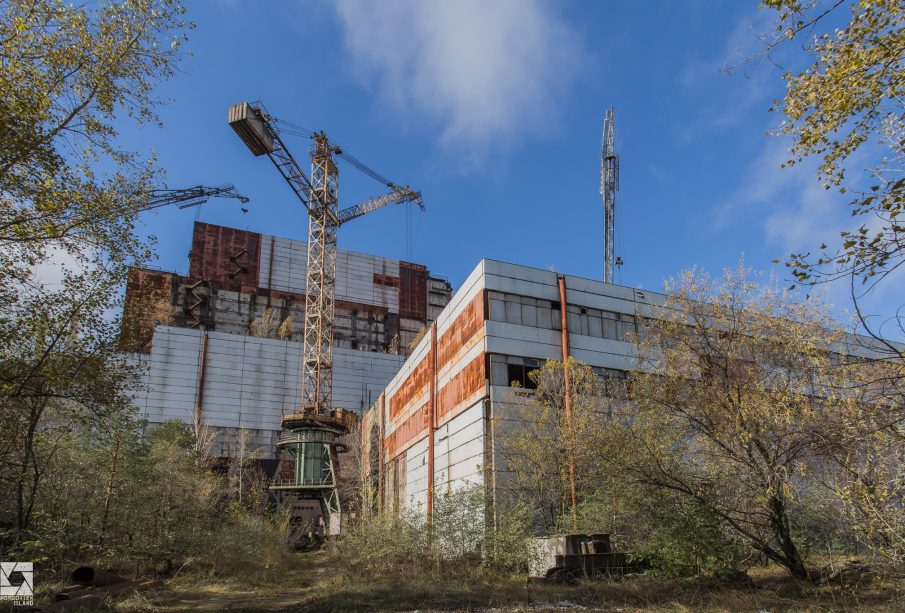Understanding the Legacy of the Chernobyl Disaster

Introduction
The Chernobyl disaster, which occurred on 26 April 1986, remains one of the most significant nuclear accidents in history. Its catastrophic effects not only shaped nuclear policy worldwide but also instigated a profound change in public perception towards nuclear energy. Understanding this event is crucial, especially as the world confronts new energy challenges and safety concerns.
The Disaster Unfolds
On that fateful day, Reactor No. 4 at the Chernobyl Nuclear Power Plant in Ukraine exploded, releasing large quantities of radioactive particles into the atmosphere. The explosion was caused by a sudden power drop during a late-night safety test that went horribly wrong. The Soviet government initially attempted to cover up the disaster, delaying the evacuation of nearby Pripyat, where over 49,000 residents lived, until 36 hours after the explosion.
The immediate aftermath saw a swift response. Firefighters and plant staff battled blazes and attempted to contain the damage without full knowledge of the radiation exposure risks they faced. In total, while thousands were exposed to radiation, the long-term effects are still debated among researchers, with estimates of thousands of potential deaths due to radiation exposure.
Environmental and Health Implications
Chernobyl’s impact on health has been extensively studied. The United Nations has reported that the number of fatalities directly attributable to the accident could reach up to 9,000 among the higher-exposed groups. The exclusion zone established surrounding the reactor has led to unique ecological changes observed over the decades, revealing how nature can reclaim abandoned human spaces.
Current Relevance and Research
Today, the site remains a focal point for researchers and tourists alike. The plant was officially sealed in 2016 following a controversial new sarcophagus created to contain further radiation leaks. As of recent trends, the zone has attracted ecotourism, allowing restricted access to visitors keen on learning about the disaster and its aftermath.
Conclusion
The Chernobyl disaster is a stark reminder of the potential consequences of nuclear power mismanagement. With the ongoing debates surrounding nuclear energy in relation to climate change, lessons from Chernobyl are more relevant than ever. Scholars and policymakers stress the importance of stringent safety measures and public transparency in nuclear operations. As we continue to navigate energy solutions in the modern age, reflecting on past mistakes can help pave the way for a safer future.









